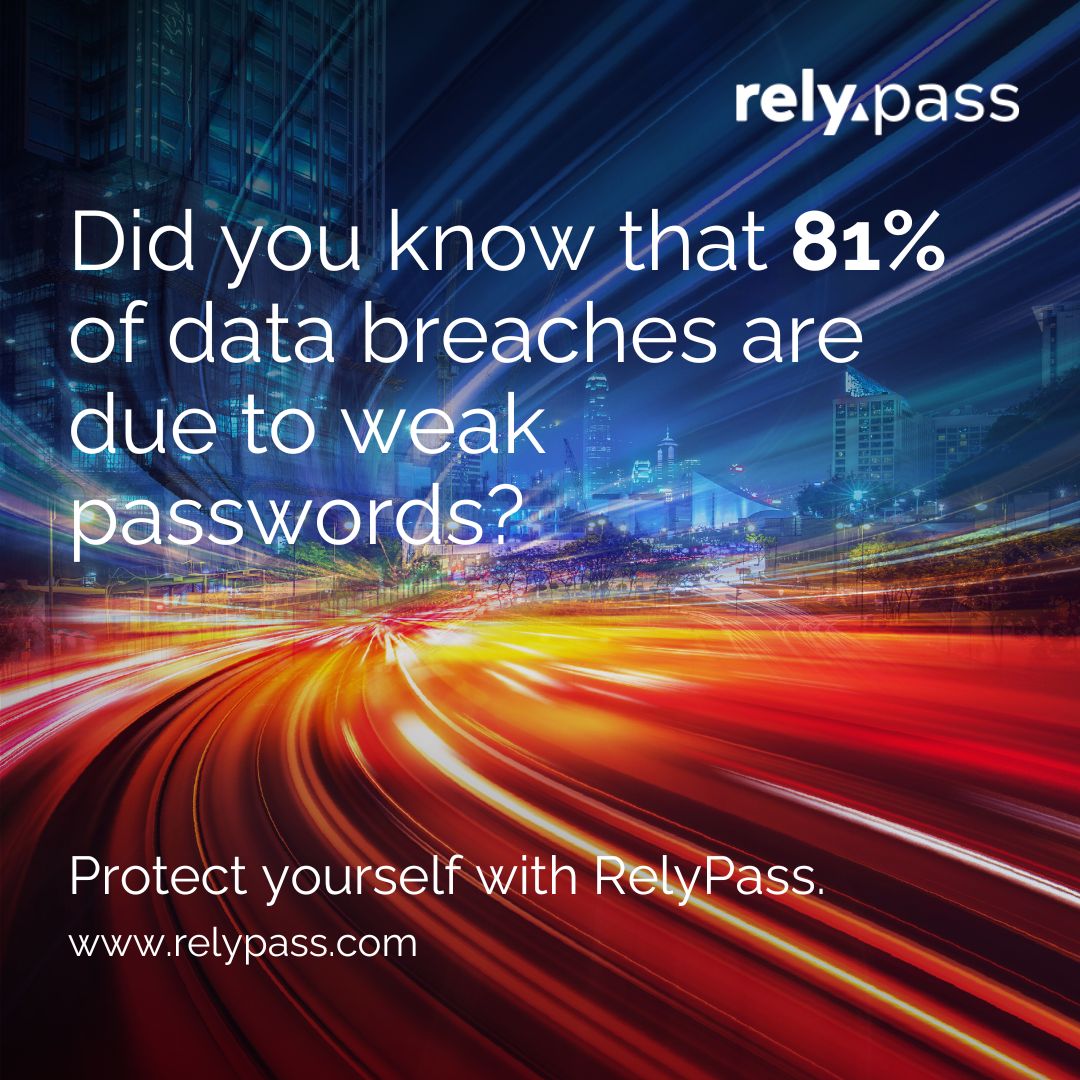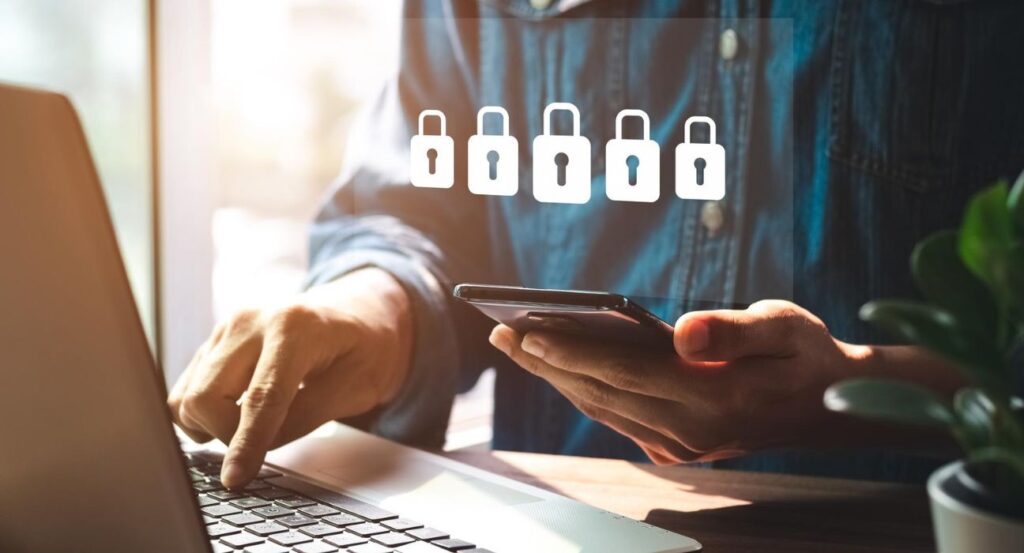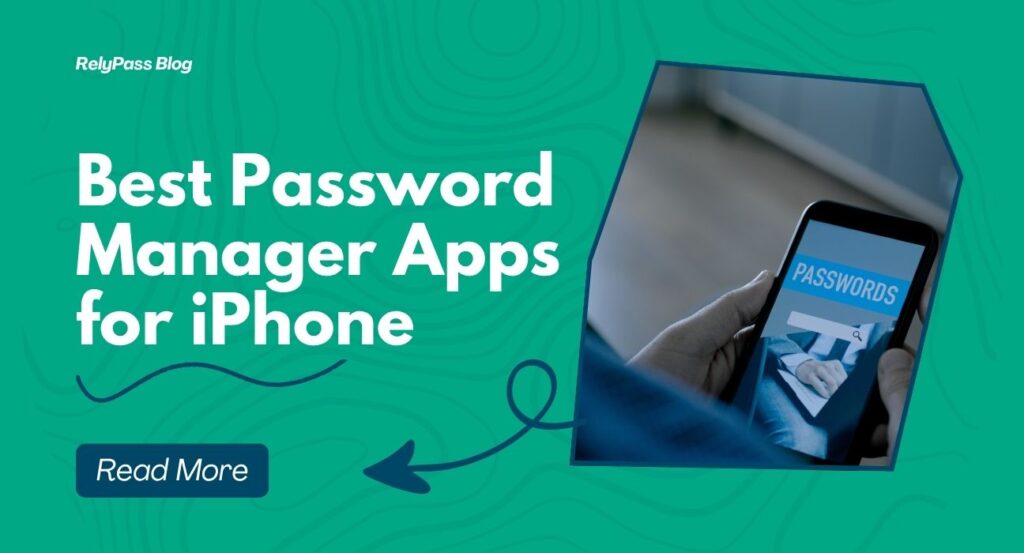6 ways to protect yourself from identity theft

In the labyrinth of our digital age, where every keystroke echoes in the vast expanse of cyberspace, an insidious threat lurks – identity theft. It’s the modern-day specter that preys on the unwary, stealing not just data but the very essence of who we are.
Protecting yourself from personality fraud is of utmost importance. It occurs when someone steals your personal information, such as your social security number or credit card details, to commit fraud or other criminal activities. The consequences can be devastating, ranging from financial loss to damage to your reputation. Therefore, it is crucial to understand how it occurs, recognize the common signs, and implement proven strategies to defend against it.
Understanding how identity theft occurs
To effectively defend against this act, we need to understand how it happens. Identity thieves use methods like phishing scams, data breaches, and physical theft to get our information. For example, we all use emails, apps, and websites daily. Sometimes we may click on unwanted ads or links that take us to phishing sites – fake websites that look real, created by personality thieves to trick us.
The thieves make these fake sites to get us to give them personal information like our birthdates, bank accounts, or Social Security numbers. They may send a fake email that looks like it’s from our bank saying we need to verify our account. But it takes us to a site that just looks like the real bank website. If we enter our information, the thieves can steal our identity.
By understanding these ways personality theft happens, we can be more careful. Check that an email sender is real before clicking links. Go directly to the real website if you need to sign in. Use strong passwords. Watch for missing details or spelling mistakes on sites asking for sensitive info. Protecting our information takes caution every day. But if we stay alert, we can avoid becoming victims of identity fraud.
Read more: 30+ Identity Theft Statistics for 2024
Common signs of identity theft
Recognizing the common signs of identity fraud is crucial in detecting and addressing any potential breaches. Some signs include unexpected withdrawals from your bank account, receiving bills or collection notices for unfamiliar accounts, or being denied credit for no apparent reason. Other indicators may include receiving calls from debt collectors for debts you don’t owe, noticing unfamiliar accounts on your credit report, or suddenly being denied medical coverage due to reached limits on your insurance. Being vigilant and regularly monitoring your accounts and credit reports will help you identify any suspicious activities and take immediate action.
6 proven strategies to protect yourself from identity theft
1. Using strong passwords and two-factor authentication
Protecting your digital accounts with strong, unique passwords is an effective way to defend against identity fraud. Avoid using predictable passwords such as your birthdate or “123456.” Instead, create complex passwords that include a combination of uppercase and lowercase letters, numbers, and special characters. Additionally, enable two-factor authentication whenever possible, which provides an extra layer of security by requiring a verification code in addition to your password.
2. Safeguarding personal information online and offline
Important! It is crucial to safeguard your private information both online and offline. Online, be cautious about sharing personal details on social media platforms or unsecured websites. Avoid clicking on suspicious links or downloading files from unknown sources. Offline, secure your physical documents by keeping them in a safe place and shredding any sensitive information before disposing of it. Be cautious when sharing personal information over the phone or in person, ensuring you are dealing with trusted individuals or organizations.
3. Monitoring your financial accounts and credit reports regularly
Regularly monitoring your financial accounts and credit reports is an essential part of defending against persona hijacking. Review your bank statements and credit card transactions regularly for any unauthorized activity. Additionally, obtain and review your credit reports from the three major credit bureaus – Equifax, Experian, and TransUnion – at least once a year. This will allow you to identify any inaccuracies or suspicious accounts and take immediate action.
4. Being cautious of phishing scams and suspicious emails
Phishing scams and suspicious emails are common methods used by identity thieves to obtain personal information. Be cautious of emails that request personal information, even if they appear to be from trusted sources. Avoid clicking on links within emails, especially if they seem suspicious or lead to unfamiliar websites. Instead, manually type in the website address or use a trusted search engine to navigate to the desired site. Additionally, be skeptical of unsolicited phone calls or messages asking for personal details.
5. Educating yourself and others about identity theft prevention
Knowledge is power when it comes to defending against identity fraud. Educate yourself about the latest scams, techniques, and best practices for protecting your private information. Stay updated on security measures implemented by financial institutions and online platforms. Furthermore, share this knowledge with your family, friends, and colleagues to help them stay informed and protected as well.
6. The role of identity theft shielding services
Consider utilizing persona theft protection services to enhance your defense against identity theft. These services provide advanced monitoring of your personal information, alerting you to potential breaches or suspicious activities. Some services also offer insurance coverage and assistance in recovering from identity theft incidents. Research reputable identity-hijacking protection services and choose one that best fits your needs and budget.
The End Thought
In conclusion, protecting yourself from identity fraud requires a proactive approach and a combination of strategies. By understanding how personality hijacking occurs, recognizing the common signs, and implementing the ten proven strategies discussed in this article, you can significantly reduce the risk of falling victim to identity theft. Remember to use strong passwords, safeguard personal details online and offline, monitor your financial accounts and credit reports regularly, be cautious of phishing scams and suspicious emails, educate yourself and others, and consider utilizing identity theft protection services. By taking these steps, you can strengthen your defense against identity theft and safeguard your personal information effectively.
Remember, password management is a critical aspect of protecting yourself from identity fraud. Consider using a reliable password management tool to generate and store strong, unique passwords for all your accounts. This will help minimize the risk of unauthorized access and enhance your overall security online. Stay proactive, stay informed, and stay protected against personality theft. Protect yourself from identity theft.
Bookmark our blog for essential insights on password management!










